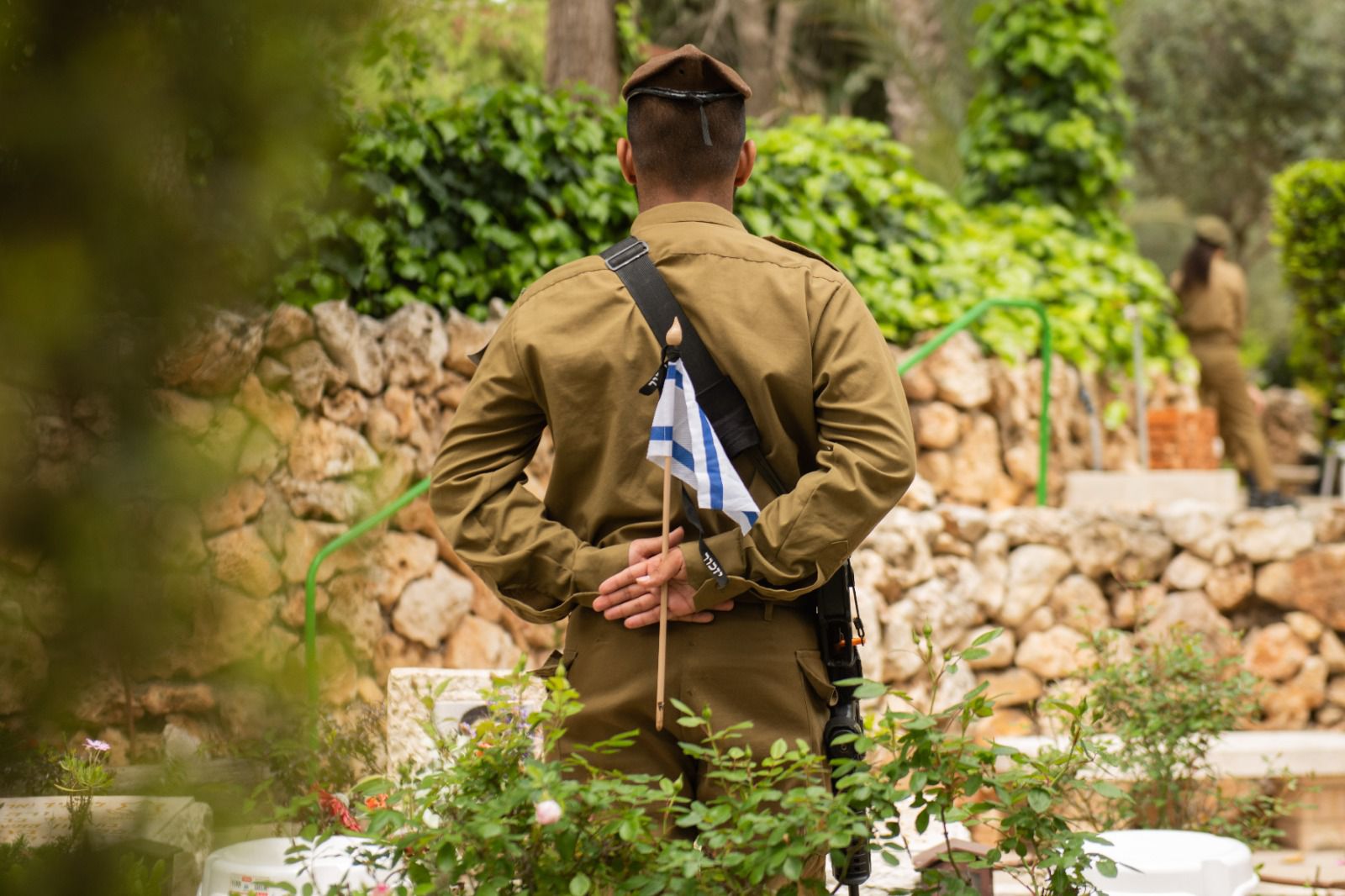
May these words of Torah serve as a merit le’iluy nishmat Menachem Mendel ben Harav Yoel David Balk, a”h, and Meira Chaya Nechama Beracha, a”h, bas David Mordechai Fishel, sheyichyeh.
This week we learned Chullin 83. These are some highlights.
Who should pay for most of the wedding, the groom or the bride?
Our daf seems to teach that the groom is the one who would traditionally pay the majority of the wedding costs. There is a Torah prohibition (Vayikra 22:28) not to slaughter a parent animal and its child on the same day, “Veshor o seh oto ve’et beno lo tishchatu beyom echad, And an ox or a sheep, it and its child you shall not slaughter on one day.” Our daf teaches about times when a seller would need to forewarn a buyer about the parent or child animals he had already sold that day. It begins by teaching that there were four days during the year when all Jews would be slaughtering and preparing meals; the seller who had sold the mother on one of those days would have to tell the buyer of the child that he had sold the mother and therefore the child could not be slaughtered, as there was an expectation that the mother animal purchased was slaughtered immediately and therefore the buyer of the child would not be able to slaughter on that day. The four days listed are Erev Shemini Atzeret, Erev Pesach, Erev Shavuot and Erev Rosh Hashanah. Rav Yehuda added that the law of the mishnah only applies if the seller sold the mother and child on the same day, but if the seller sold the mother a day before and the child a day later then the seller would not need to inform the buyer of the fact that he had recently sold the mother. Rav Yehuda would concede that if the mother cow was sold to the groom on one day and the child on another day, the seller needs to inform the buyer. Since both are buying animals for the same wedding we are to fear that they might slaughter both on the same day. The Gemara notices that the mishnah mentioned a case in which the mother cow was purchased by the groom and the child by the bride.
Why did the mishnah specify that the mother cow was purchased by the groom and the child cow by the bride? The Gemara answers that this is to teach us that it is the way of the world for the groom’s side to bear more of the costs of the wedding than the bride’s side. As a result, the groom might purchase the mother cow, which is large, while the bride’s side would likely only purchase the child cow. Why did this custom change?
She’arim Metzuyanim Behalacha quotes the footnotes to the explanations of Radal to Pirkei d’Rebbi Eliezer (Perek 16 ot 3). He explains that in the days of the Talmud it was normal for the groom to build a home for the bride and for the bride to move into his home. Since the groom was becoming the host of the bride, and initially she was like a guest, it was the norm that the groom and his family would pay for most of the costs of the wedding (Ketubot 3b, 10a, Shulchan Aruch Even Ha’ezer Siman 64). In later generations a new practice developed. When a groom would marry he would move into his father-in-law’s home for a period of time. Once the groom was moving into the home of the bride, he was the guest and she was the host, and a new norm developed in which the bride’s side would cover most of the cost of the wedding. The influence of that practice is the reason why it is currently often the case that the bride or her family pays for the majority of the wedding costs. (She’arim Metzuyanim Behalacha)
By Rabbi Zev Reichman
Rabbi Zev Reichman teaches Daf Yomi in his shul, East Hill Synagogue.










